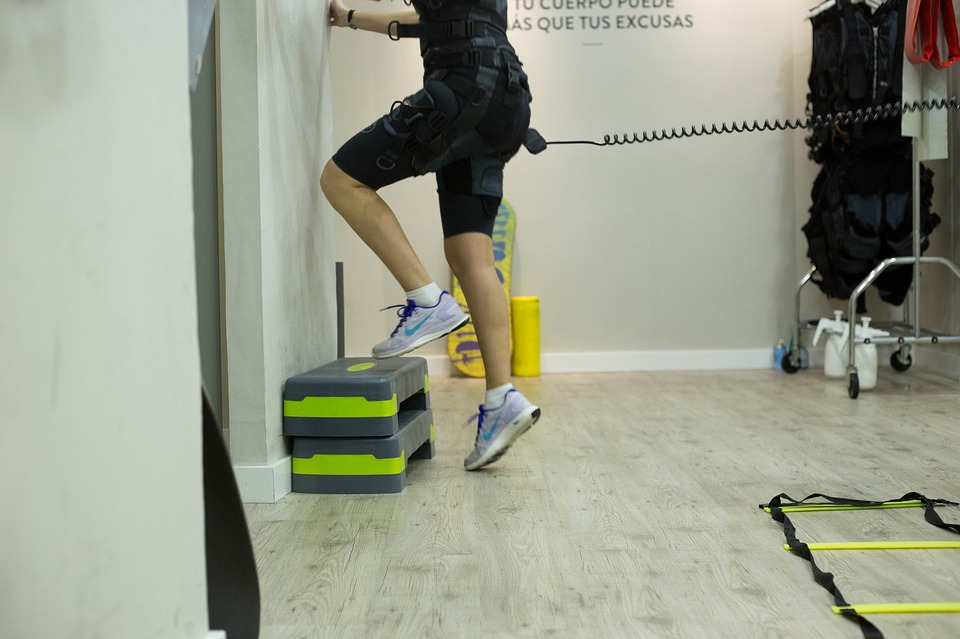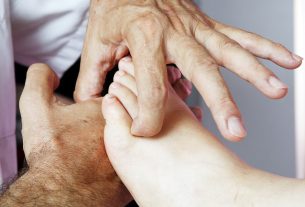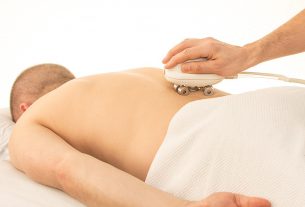Bulging discs commonly occur as the body ages and the intervertebral disc degenerates. However, bulging discs happen not just in senior adults but also in younger ones. At the center of the intervertebral disc is a soft and spongy substance called the nucleus purposes. When this substance bulges out, it puts pressure on the ligaments known as annulus fibrosis, which surrounds the core. This normally is not a cause for major concern and may not even be painful but it becomes serious when the bulging intrudes into the area of the spinal canal. When this happens, the pain can be unbearable.
While the majority of people with bulging discs do not experience debilitating pain, there are a few cases when patients suffer severe and persistent low back pain caused by a bulging disc, which hinders their normal activities. The good thing is most cases of bulging discs do not require surgical treatment. Doctors usually provide initial treatment of bulging discs through non-surgical or conservative methods focusing on pain relief, both short-term and permanent and more importantly, healing.
To help reduce inflammation, your physician may recommend that you limit your activities and get some bed rest. For mild to moderate pain, your doctor may prescribe anti-inflammatory medicines. Sometimes, patients receive steroid injections for temporary pain relief.
Physical therapy for bulging disc is also one of the recommended ways of treatment. Like any medical treatment, physical therapy for bulging disc starts with the doctor’s evaluation of your condition. Once the doctor has determined his diagnosis, he or she will design a program specific to your needs.
Physical therapy for bulging disc makes use of different methods, one of which is traction. In this procedure, the therapist pulls the vertebrae so the blood can flow into the damaged disc and promote healing. Another common physical therapy for bulging disc is massage therapy, which also improves blood circulation in the affected area.
Stretching exercises are also part of physical therapy for bulging discs. In addition to this, your therapist may gradually incorporate strengthening exercises into your therapy program to strengthen the muscles in your back.
Other methods in physical therapy for bulging disc are ice therapy, heat therapy, ultrasound therapy, and electrical stimulation. Your doctor or therapist may also recommend muscle relaxants and pain relief medication in combination with physical therapy for bulging discs. There are many treatment options for bulging discs. Some may work and some may not. Your doctor will help you determine which ones will work for you best.





